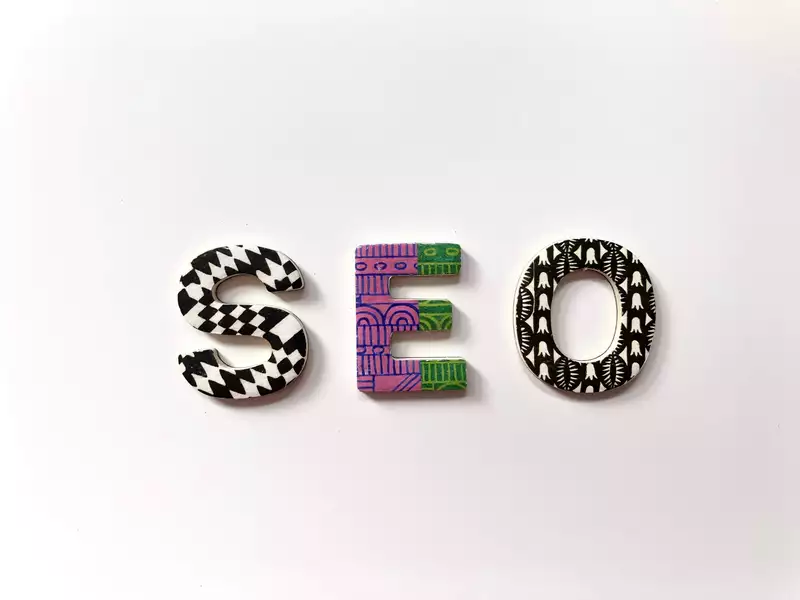In this article, we'll cover some of the core concepts that influence Technical SEO. Technical SEO is one of our core 3 pillars of SEO: On-page, Off-page, and Technical.
Technical SEO
Technical SEO refers to the process of optimizing your site to be indexed and crawled by the search engines to improve your search rankings. Improving the technical aspects of your site can be critical for your SEO and conducting regular site audits can help you stay on top of things. Here are some elements of technical SEO to work on
Website Speed
The speed of your site is critical for the technical part of your SEO. Making sure your site and pages load quickly is not only important for the search engines but also important for users. Just think about how long you’d be willing to wait for a page to load before leaving. Some tips to improve site speed include:
-
Keep Templates Simple
-
Make templated pages and keep them simple. The more elements, plugins, tracking codes, etc. the longer the page will take to load.
-
-
Optimize Images
-
Make sure to adjust image sizes and optimize them before putting them up on your site. PNG and JPG files are generally preferred.
-
-
Limit Redirects
-
Avoid multiple redirects on your site by staying on top of changing links. If you do have to change a link and make a redirect try to find all instances of the link on your site and put the updated link.
-
Tools for Site Speed
-
GTMetrix
-
Google Analytics
-
Google Search Console
Learn more about site speed in our 8 Ways to Improve Site Speed article
Mobile Friendliness
This has become increasingly important with the rise of smartphones and mobile device usage. The April 2015 Google algorithm update is often referred to as “Mobilegeddon” as this was a big shift towards mobile. Make sure your site is responsive for mobile or create a separate mobile site.
HTTPS
Make sure your site is updated to HTTPS protocol as this Google now uses this as a ranking factor. In addition to the SEO impact, HTTPS brings added security and protection to your site.
Breadcrumbs
Leverage breadcrumbs where possible on your site to make it easier for search engines and user to navigate your site. Breadcrumbs allow you to see the path the page you are looking at. For example, it might say “Classes > Excel Classes > Excel for Beginners” which allows the user to easily go backward and forwards in the site.
Internal Linking
Internal linking is another way to improve navigability and keep people on your site. Use internal linking where relevant. For example, if you have an article with 5 tips for running, within each tip you could link to a specific article for that tip or topic.
3 Key Takeaways
-
Measure and optimize site speed with one of the tools mentioned above
-
Make sure your site is optimized for mobile
-
Leverage other techniques for easy navigability: breadcrumbs and internal linking
Learn More
If you are looking to drive your SEO up and reach the top of the search rankings, see our Digital Marketing courses & certificate programs or see our SEO training classes.



